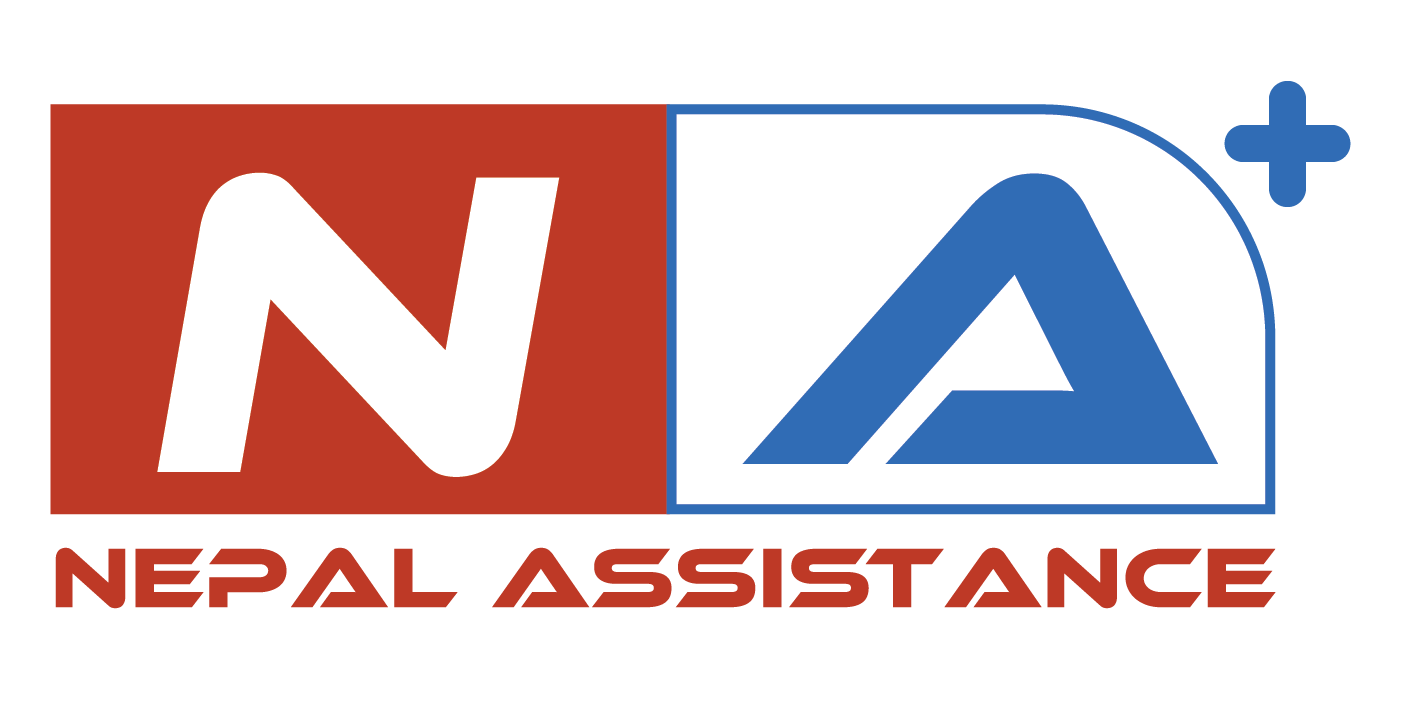Cost containment refers to strategies and measures implemented by individuals, organizations, or governments to control or reduce expenses within a specific budget or financial framework. In the context of services provided by organizations like Nepal Assistance, cost containment measures may include:
- Efficient Resource Utilization: Optimizing the use of resources, including personnel, equipment, and facilities, to minimize wastage and maximize productivity. This may involve streamlining processes, improving workflow efficiency, and eliminating unnecessary expenses.
- Negotiating Discounts and Agreements: Negotiating with vendors, service providers, and suppliers to secure favourable pricing terms, discounts, and volume-based agreements. This can help reduce the cost of procuring goods and services necessary for operations.
- Utilizing Technology: Leveraging technology solutions such as automation, digitalization, and software tools to streamline operations, reduce manual labour, and enhance productivity. Technology can also facilitate cost-effective communication and collaboration, reducing the need for travel and physical meetings.
- Preventive Healthcare Measures: Promoting preventive healthcare measures among clients and members to reduce the incidence of costly medical emergencies and treatments. This may include wellness programs, health education initiatives, and regular health screenings aimed at early detection and intervention.
- Risk Management and Insurance: Implementing robust risk management practices to identify, assess, and mitigate potential risks and liabilities. Adequate insurance coverage, including medical, liability, and property insurance, can help protect against unexpected expenses arising from emergencies or accidents.
- Strategic Partnerships and Alliances: Collaborating with other organizations, associations, or industry partners to share resources, pool expertise, and reduce costs through economies of scale. Strategic alliances can also provide access to specialized services or capabilities at lower costs than developing them in-house.
- Expense Monitoring and Control: Implementing stringent monitoring and control mechanisms to track expenses, identify areas of overspending or inefficiency, and take corrective actions as necessary. This may involve budgetary controls, expense tracking software, and regular financial reviews.
- Employee Training and Development: Investing in employee training and development programs to enhance skills, knowledge, and competencies, thereby increasing productivity and reducing errors and inefficiencies that may lead to additional costs.
- Flexible Service Delivery Models: Offering flexible service delivery models, such as on-demand or subscription-based services, that allow clients to access services as needed while minimizing fixed costs and overhead expenses.
Overall, effective cost containment requires a comprehensive approach that encompasses various strategies tailored to the specific needs and circumstances of the organization or service provider. By implementing cost containment measures proactively, organizations like Nepal Assistance can optimize resource utilization, improve financial sustainability, and deliver value to their clients and stakeholders.
